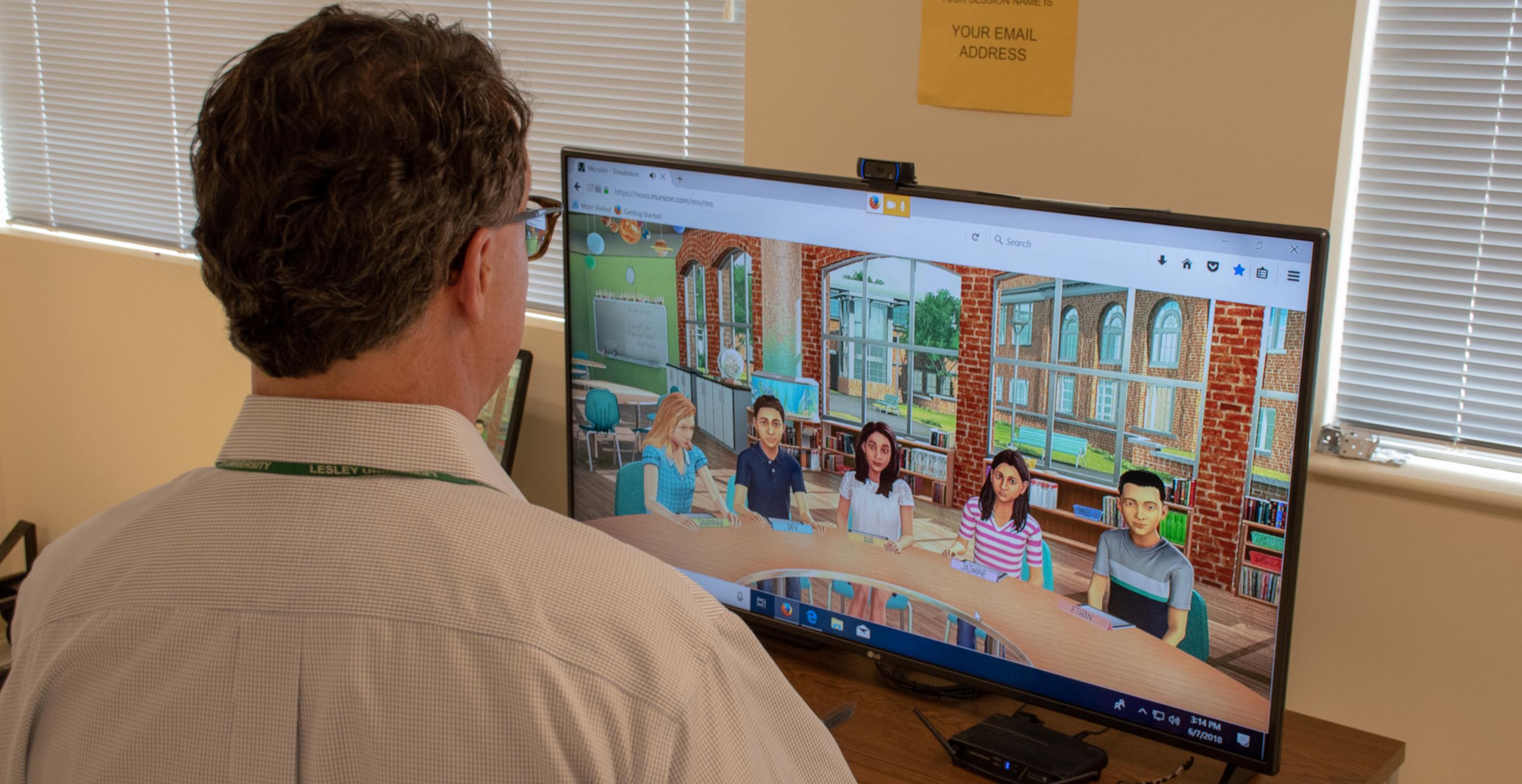
As a Secondary Education major, I took my first TLPL (Teaching and Learning, Policy and Leadership) course this past fall semester. In this TLPL 101 course, I learned teaching and lesson planning methods through lectures, classroom discussions, and observations. I was able to apply my knowledge through a virtual teaching and a live teach in a 5th grade classroom.
These are the key ideas I took from this course:
Important Notes to Remember
- Acknowledge each student’s contributions and refer to students by their names
- Reinforce the objective (the big picture) by repeating it in the beginning, middle, and end of the lesson. Also, consider defining key words in the objective.
- Include pauses in large group discussions to allow students to think
- Consider using silent methods to get the class’s attention (raise my hand) instead of clapping or yelling
Discussion Methods
- Silent Discussion: Have large post it pads around the classroom with different questions. Then have students silently answer the questions, post their own questions, and respond to other students’ responses using small post it notes. This is a good method to allow all students to share and respond to others without having to speak in front of the whole class.
- Socratic Seminar/Fishbowl: inner circle discusses and raises questions while the outer circle observes and takes notes.
Talk Moves
- “Can you say more about that?”
- “Who can repeat…?”
- “Did someone think of the problem in a different way?”
- “What made you think…?”
- “Explain how your answer is the same or different than ___?”
- “Let’s give everyone time to work this out before sharing.”
(Talk Moves from: http://teach.conceptuamath.com/talk-moves)




